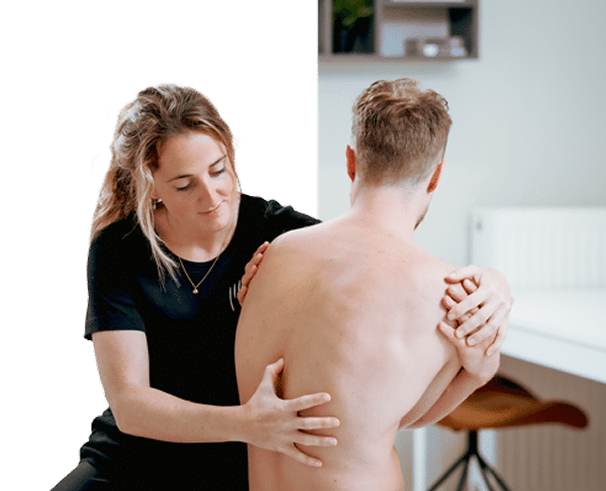Common types of foot complaints
Sagging foot complaints
A sagging foot causes instability and strain on tendons and muscles. Many people experience symptoms sagging foot such as fatigue, pain on the inside of the foot or knee problems.
Hollow foot complaints
With a hollow foot, a lot of pressure lands on the forefoot and heel. This can lead to pain, callus formation and instability.
Greek foot complaints
In greek foot, the second toe is longer than the big toe. This causes symptoms when unwinding the foot, especially in athletes or when standing for long periods of time.
Osteoarthritis foot complaints
Osteoarthritis can also occur in the foot. These complaints osteoarthritis foot manifest as stiffness, decreased mobility and a nagging pain, especially in the midfoot or big toe.
Rheumatism complaints foot
Rheumatic diseases often cause inflammation and deformities in the foot joints, leading to chronic pain and instability.
Other foot-related complaints
- Gout symptoms foot: sudden, severe pain in the big toe, often with swelling and redness.
- Ganglion foot complaints: swelling caused by a bursa cyst, often visible at the instep.
- Stress fracture foot symptoms: small cracks in the bone, usually from overuse, recognizable by sharp pain on exertion.
- Tendonitis foot complaints: often in the Achilles tendon or tendons on the underside of the foot.
- Overpronation foot complaints and supination foot complaints: misalignment of the foot resulting in instability and knee or hip pain.
- Diabetic foot complaints: numbness, wounds or pressure points due to reduced blood flow and nerve function.
- Morton foot complaints: nerve pain between the toes, often when wearing tight shoes.
Symptoms you shouldn’t ignore
- Pain when unwinding or loading the foot
- Swelling or redness with no apparent cause
- Tingling or numbness (think diabetic foot symptoms)
- Morning stiffness or cramping
- Heel or instep complaints when standing up
What can you do yourself?
- Rest and recovery: Avoid prolonged standing or walking on hard surfaces.
- Footwear: Wear shoes with adequate support and a good fit.
- Foot care: Watch for calluses, blisters and wounds – especially with diabetes.
- Movement: Stay active, but distribute the load well.
- Posture and gait: Pay attention to your gait and position of your foot when walking or playing sports.
Treatment at The Physio Man
Our therapists specialize in treating a variety of foot problems. During an intake, we examine your gait pattern, position of your foot and muscles around the ankle. Possible forms of treatment:
- Mobilization techniques for ankle and midfoot
- Muscle strengthening exercises and coordination training
- Gait correction
- Advice on footwear or insoles
- Dry needling or manual therapy for muscle or tendon problems
Frequently Asked Questions
What are symptoms of a sagging foot?
Fatigue, pain on the inside of the foot or knee, and difficulty standing or walking for long periods of time.
Can a ganglion on the foot cause symptoms?
Yes, a ganglion can put pressure on surrounding structures, causing localized pain or nerve irritation.
How do I recognize a stress fracture in my foot?
Sharp, stabbing pain with strain that increases with walking or jumping but decreases at rest.
What is the link between foot pain and back or knee pain?
An incorrect position or slippage of the foot affects your entire chain of motion and can lead to complaints higher up in the body.
Do you recognize yourself in these foot complaints?
Don’t stick around with pain or limitations. At The Physio Man we look at the total picture: from foot to posture. Together we make sure you can move again comfortably and without complaints.
Make an appointment today and take the first step toward recovery.
Share this article:


